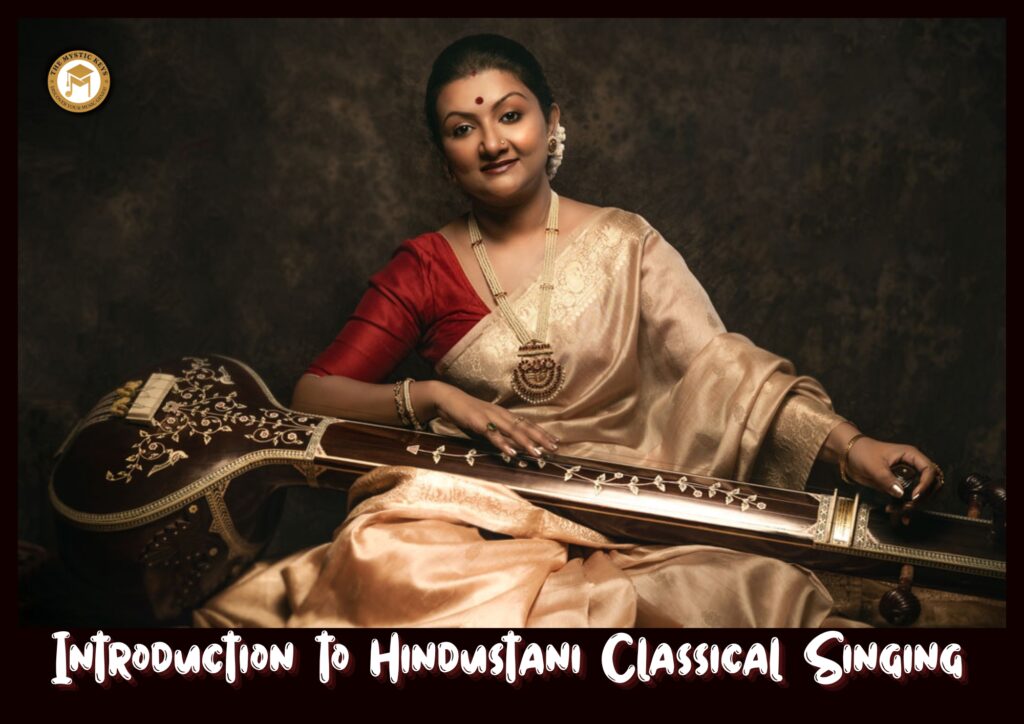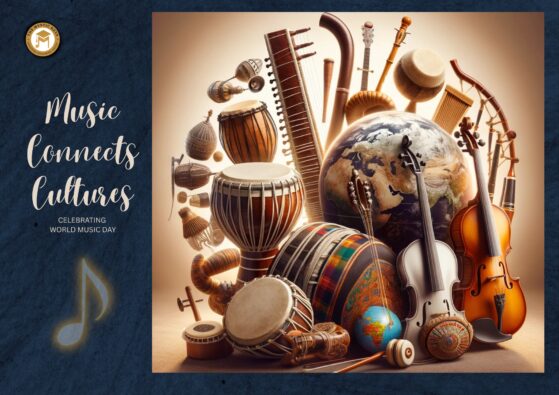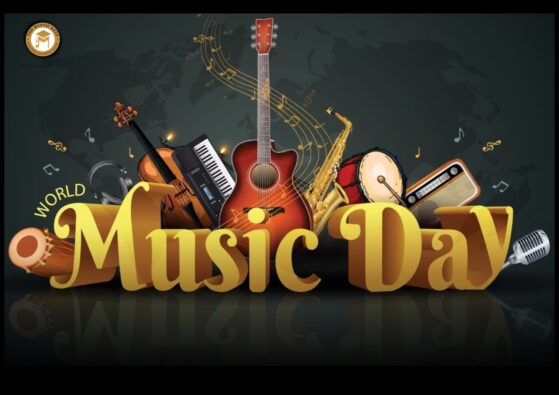Hindustani Classical Singing | An Introduction and Beginner’s Guide
Hindustani classical singing stands as one of the most profound and intricate art forms in the global classical music landscape. Rooted deeply in centuries of Indian cultural and spiritual heritage, it continues to captivate audiences with its sublime melodies, complex rhythmic patterns, and deep emotional expression. Over time, it has evolved into a rich tradition that transcends mere performance—becoming a medium of devotion, meditation, and inner exploration.
For beginners, this vast tradition can appear both enchanting and overwhelming—like an ocean of sound, knowledge, and emotion waiting to be explored. Its depth and detail may seem daunting at first, but with the right guidance and a clear understanding of its core elements, anyone can begin to appreciate and embrace its beauty.
In this comprehensive guide, we aim to demystify the world of Hindustani classical singing by unpacking its historical roots, theoretical frameworks, stylistic distinctions, and practical pathways for learning. Whether you’re a curious listener eager to understand the art, or an aspiring vocalist ready to take your first step, this guide will help lay a strong and insightful foundation for your musical journey.
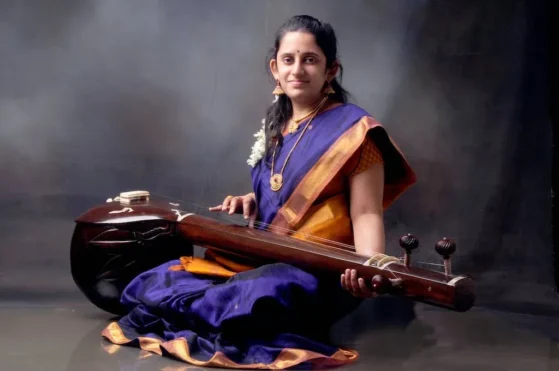
Historical and Cultural Roots of Hindustani Classical Singing
The Origins
Hindustani classical music originally developed from the blend of ancient Vedic chanting traditions and northern India’s musical practices, especially during the medieval period. To begin with, its roots trace back to the Samaveda, one of Hinduism’s oldest scriptures, which emphasized musical recitation and introduced foundational concepts like raga and tala.
Subsequently, during the Islamic rule, the music absorbed influences from Persian and Mughal cultures, incorporating new instruments, styles, and vocal techniques. As a result, this cultural fusion gave rise to a rich, evolving tradition that stands distinct from the southern Carnatic style.
The Spiritual Significance
Hindustani classical singing was never simply a form of entertainment; rather, it has always been profoundly intertwined with spiritual practices and devotion. Many compositions serve as hymns or praises dedicated to deities, and the act of singing itself is regarded as a form of meditation or bhakti (devotion). Because of this deep connection, the music is believed to have the power to positively influence both the mind and body, often inducing states of tranquility, joy, and transcendence.
Furthermore, throughout history, musicians held a dual role in royal courts—not only as entertainers but also as spiritual guides. Their performances were intended to elevate the consciousness of listeners, blending artistic expression with a transformative spiritual experience.
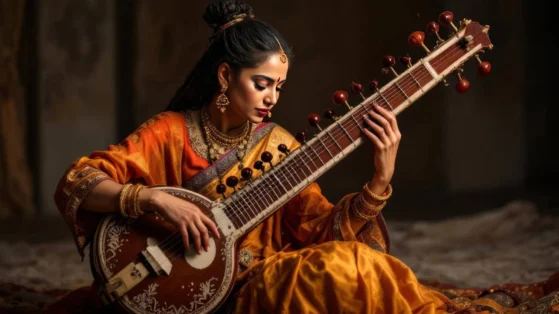
The Pillars of Hindustani Classical Singing | Raga and Tala
Understanding Hindustani classical singing requires a deep dive into its two fundamental components: Raga and Tala.
Raga | The Soul of the Music
To begin with, a raga is far more than just a scale; it serves as a carefully structured melodic framework designed to evoke specific emotions—known as rasa—and particular moods associated with different times of the day or seasons. These ragas are characterized by several defining features, including:
A specific set of notes (swaras) chosen from the 12-tone octave.
A prescribed ascending (aaroh) and descending (avaroh) pattern.
Distinctive melodic phrases, or pakad, that help identify each raga.
Emphasis on certain notes and subtle microtonal inflections called shruti.
The unique emotional atmosphere it creates; for example, Raga Bhairav conveys seriousness and devotion, while Raga Desh is linked to the joy and freshness of the monsoon season.
With hundreds of ragas existing, each carries its own distinct personality. The singer’s role is to explore and express this personality creatively through improvisation and interpretation, all while respecting the raga’s boundaries.
Tala | The Rhythmic Backbone
Moving on to rhythm, the tala forms the cyclic rhythmic pattern that guides the timing and pace of a performance. Talas vary from simple to highly complex structures, typically consisting of 6, 8, 10, 12, or 16 beats, which are further divided into sections called vibhags.
Some of the most commonly used talas include:
Teental (16 beats): Divided into four equal sections of four beats each, this is widely employed in classical performances.
Jhaptaal (10 beats): Notable for its asymmetrical division of 2-3-2-3 beats.
Ektaal (12 beats): Frequently used in the dhrupad style of singing.
Rupak (7 beats): Features an unusual division of 3-2-2 beats, offering interesting rhythmic variations.
Mastering tala is essential for singers because the precision of rhythm and the improvisational interplay with percussion instruments like the tabla shape the dynamic character of the music.
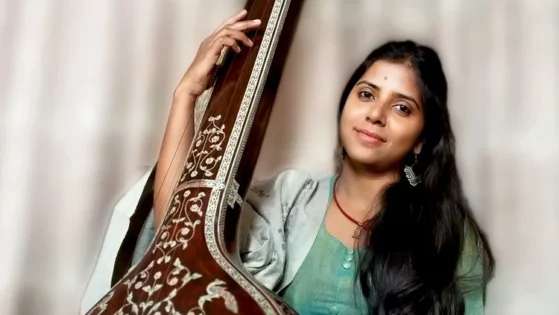
The Vocal Techniques and Forms in Hindustani Singing
Voice Production and Training
Hindustani classical singing places enormous emphasis on breath control, voice modulation, and clarity of pitch. Beginners learn to develop their voice quality or voice culture (swara shuddhi) through various exercises.
Training often starts with:
Sargam Practice: Singing the notes (Sa, Re, Ga, Ma, Pa, Dha, Ni) in various patterns to perfect intonation.
Alankars: Melodic ornamentations and patterns that develop agility.
Gamaka: The microtonal oscillations and embellishments unique to Indian classical music.
Meend: The smooth glide between notes, an essential feature for emotional expression.
Forms of Singing
Hindustani singing includes several performance forms, each with its own style and structure:
Dhrupad: The oldest form, highly spiritual and austere, focusing on deep voice and slow elaboration of ragas.
Khyal: The most popular contemporary form, characterized by improvisation, expressiveness, and virtuosity. It includes:
Vilambit Khyal (slow tempo)
Drut Khyal (fast tempo)
Thumri: A lighter, semi-classical form with romantic or devotional themes, emphasizing emotional expression.
Tappa, Tarana, and Bhajan: Other distinct vocal forms blending classical and folk elements.
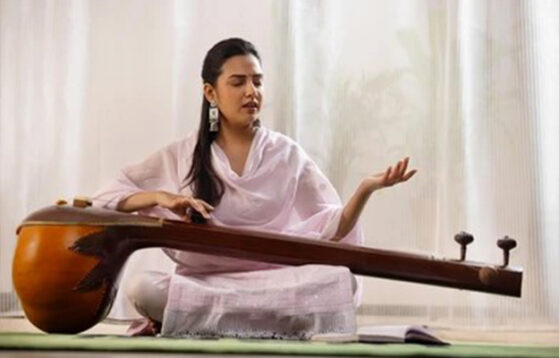
The Role of Improvisation in Hindustani Classical Singing
One of the most exciting and challenging aspects of Hindustani classical singing is improvisation. Unlike Western music, where compositions are typically fixed and rehearsed, Hindustani music celebrates spontaneous creativity within the structured framework of raga (melodic form) and tala (rhythmic cycle).
This art of improvisation unfolds through several expressive techniques:
Alap: The journey begins with a slow, unmetered exploration of the raga, where the singer gently introduces its mood and key notes, allowing the listener to immerse in its emotional landscape.
Jor and Jhala: As the alap gains momentum, it transitions into jor, where rhythm starts to emerge, followed by jhala, a section marked by fast-paced rhythmic interplay that builds excitement.
Taans: These are rapid, intricate melodic runs that showcase the singer’s vocal agility and command over pitch and timing.
Bol-baant and Layakari: Further into the performance, the artist engages in playful, rhythmic division of the lyrics (bol-baant) and complex manipulation of beats (layakari), bringing layers of depth and sophistication.
Together, these elements of improvisation demand not just technical skill but also deep emotional connection, intuition, and years of practice. It is through this dynamic and personal exploration that a singer’s true artistry comes to life—making every performance unique and unrepeatable.
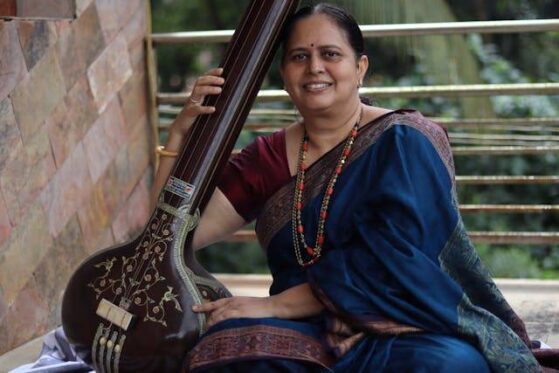
Starting Your Hindustani Classical Singing Journey: A Step-by-Step Approach
Step 1: Finding the Right Guru
The guru-shishya parampara (teacher-student tradition) has long been the cornerstone of learning Hindustani classical singing. In this time-honored method, a knowledgeable guru not only guides you through the complexities of the art but also carefully corrects mistakes and nurtures your unique style.
Today, for beginners, this tradition is often complemented by joining music academies or online platforms, where qualified teachers offer structured lessons and regular feedback, making the learning process more accessible and systematic.
Step 2: Developing Basic Skills
Start by practicing voice culture exercises that emphasize pitch accuracy, controlled breathing, and clear pronunciation. Once comfortable, gradually move on to learning the basic sargam and simple alankars to build melodic agility. Afterward, familiarize yourself with foundational ragas such as Raga Yaman, Bhupali, and Kafi to understand melodic structures. Alongside this, practice Tala by using hand gestures like clapping and waving, complemented by a metronome to develop a strong sense of rhythm
Step 3: Listening and Absorbing
Make it a habit to regularly listen to recordings of legendary vocalists such as Pandit Bhimsen Joshi, Kishori Amonkar, Begum Akhtar, and Pandit Jasraj. Immersing yourself in their music gradually helps cultivate a deeper understanding of raga structures, distinct styles, and the emotional nuances that define Hindustani classical singing.
Step 4: Practice with Accompaniment
Once you feel confident, gradually begin practicing with a tanpura (drone instrument) to maintain pitch accuracy. Additionally, if possible, incorporate the tabla to keep rhythm, which will further deepen your sense of timing and improve your tonal precision. This combination helps you internalize the essential elements of melody and rhythm simultaneously. As you practice, pay close attention to how your voice blends with the drone and percussion, allowing you to refine your intonation and expression. Over time, this integrated practice will build a strong foundation for more advanced improvisation and performance.
Step 5: Regular Performance and Feedback
Performing in front of teachers, peers, or audiences—even in informal settings—is essential. Not only does it help build confidence, but it also provides valuable experience through real-time musical interaction and feedback. This practice sharpens your ability to stay focused and adapt on the spot. Over time, regular performances deepen your connection with the music and enhance your overall expression.
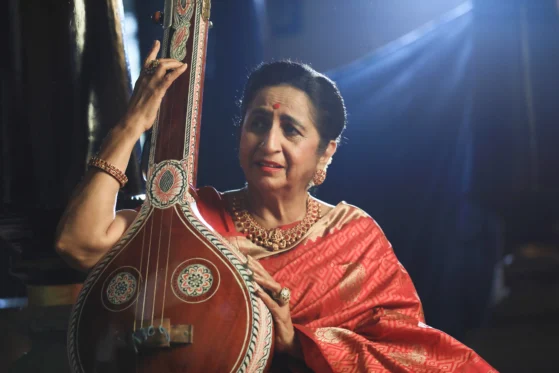
Common Challenges and Tips to Overcome Them
As you embark on your Hindustani classical singing journey, it’s natural to encounter a few challenges along the way. However, with mindful practice and patience, you can effectively overcome these common hurdles.
First and foremost is pitch consistency. Staying perfectly in tune is crucial in classical music, so it helps to regularly practice with a tanpura or use digital pitch-reference apps. These tools train your ear and ensure your swaras remain accurate.
Next, developing breath control is vital for singing long, fluid phrases. To build this skill, incorporate slow, controlled breathing exercises into your daily routine. This not only strengthens your stamina but also improves the stability and richness of your voice.
When it comes to rhythm, understanding complex talas may feel overwhelming initially. To ease into this, begin with simpler talas like Teental or Dadra. As your confidence grows, gradually move on to more intricate rhythmic cycles.
Another key aspect is maintaining vocal health. Since your voice is your primary instrument, always make sure to warm up properly before singing, avoid straining your vocal cords, and get sufficient rest to keep your voice in optimal condition.
Finally, it’s important to stay motivated throughout your learning process. Progress might sometimes feel slow, but consistency is what truly matters. Setting small, achievable goals, tracking your progress, and celebrating milestones can keep your enthusiasm high and your passion alive.
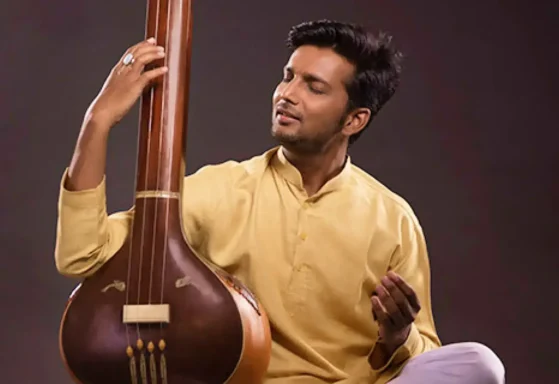
The Transformative Power of Hindustani Classical Singing
Hindustani classical singing is more than just technical skill and vocal training; it is a transformative journey for the mind and spirit. As students learn ragas and talas, they develop musical precision alongside patience, focus, and emotional sensitivity. Mastering each note builds quiet perseverance, while the music’s expressiveness deepens self-connection.
Over time, singing grows into a spiritual practice. Each raga becomes a mood or story, allowing the singer to express complex emotions with grace. This practice sharpens mindfulness, focusing attention on breath, pitch, and feeling.
Ultimately, Hindustani classical singing offers more than music skills. It leads to self-discovery, personal growth, and a strong bond with tradition and culture. Through this ancient art, one finds rootedness, purpose, and a deep appreciation for the spiritual power of sound.
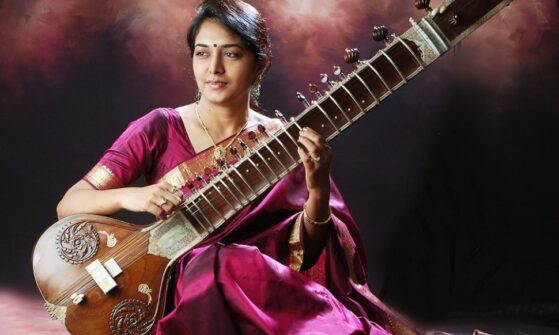
Embracing Modern Learning Tools
While Hindustani classical singing has ancient roots, modern technology has made learning much easier today. For instance, online tutorials and courses connect students with expert gurus no matter where they live. In addition, mobile apps provide useful tools for tuning, rhythm practice, and raga identification on the go.
Moreover, virtual jamming sessions allow singers to perform and collaborate with peers from around the world. Along with this, digital archives give access to rare recordings and valuable research that deepen one’s understanding.
Furthermore, platforms like The Mystic Keys bridge tradition and innovation by offering well-designed courses. These combine classic techniques with modern teaching methods, making learning both flexible and accessible worldwide.
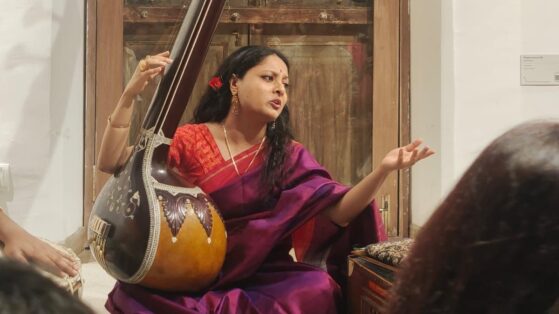
Conclusion: Embark on Your Musical Voyage
Hindustani classical singing is a lifelong journey combining rigorous training with soulful expression. As a beginner, your path starts with curiosity and disciplined practice. Each note connects you to a timeless tradition that has inspired generations worldwide.
Right guidance is key. Platforms like The Mystic Keys offer Hindustani Vocal Lessons Online that blend traditional guru-shishya teaching with modern convenience. These lessons provide expert instruction, personalized feedback, and flexible learning from anywhere.
Embrace the journey with patience and an open heart. Hindustani music not only shapes your voice but also awakens a deeper inner self. Let it become your discipline and meditation, transforming both your music and your spirit.
Related Blogs
Understanding the Importance of an Effective Hindustani Vocal Practice Structure
An effective Hindustani vocal practice structure is essential for anyone serious about mastering the art of classical singing. Just like any other skill, vocal mastery doesn’t come overnight.
Hindustani Classical Music | Rewards and Struggles in the UAE
The UAE, with its vibrant multicultural community, has become a hub for various artistic expressions, including music. Among these, Hindustani classical music is gaining traction.
Hindustani Classical Music | Bridging Cultures in the UAE
Hindustani classical music, with its deep-rooted traditions and intricate artistry, is not just an expression of Indian culture but a universal language that transcends borders.


